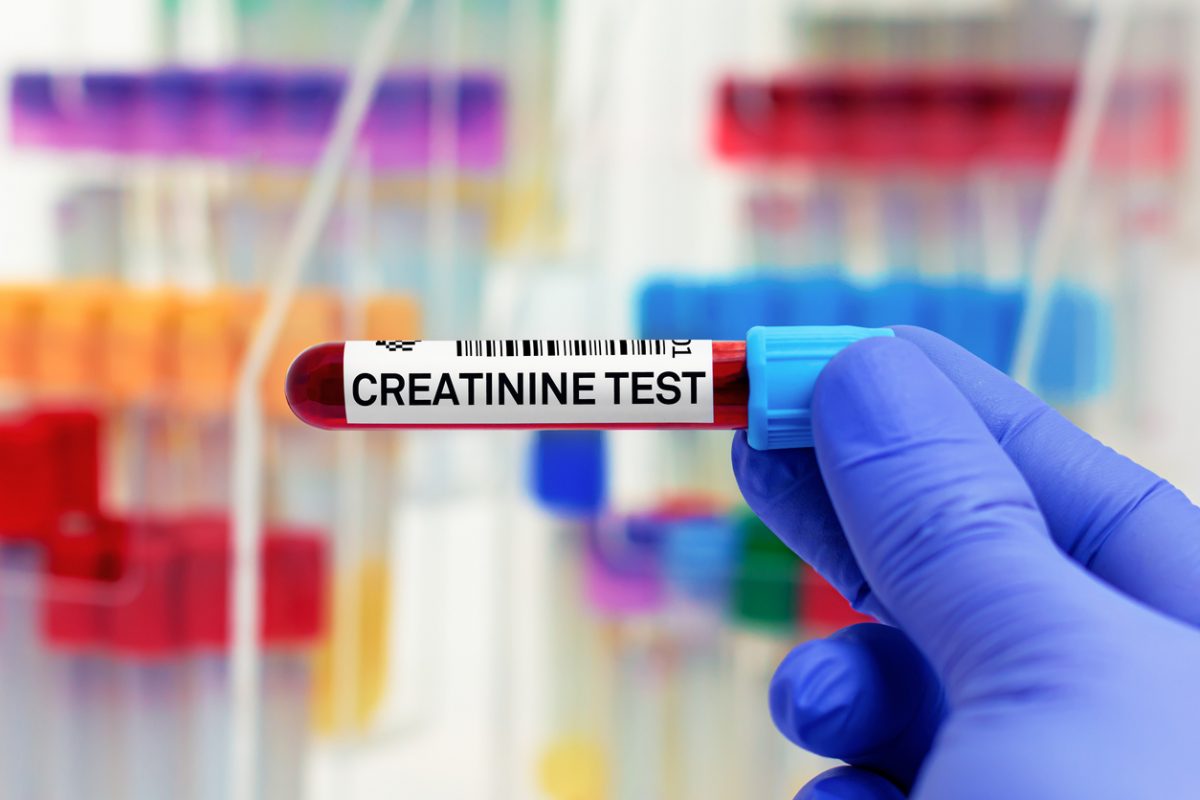aDepartment of Psychiatry, Henry Ford Hospital, Detroit, Michigan
*Corresponding author: Mohan Gautam, DO, MS, Henry Ford Hospital, 2799 E Grand Blvd, Detroit, MI 48202 ([email protected]).
Prim Care Companion CNS Disord 2021;23(3):20l02720
To cite: Gautam M, Stodolak D, Krayem B. A rapidly reversed case of symptoms consistent with neuroleptic malignant syndrome. Prim Care Companion CNS Disord. 2021;23(3):20l02720.
To share: https://doi.org/10.4088/PCC.20l02720
© Copyright 2021 Physicians Postgraduate Press, Inc.
Neuroleptic malignant syndrome (NMS) is a rare but potentially fatal adverse drug reaction associated with excessive dopamine receptor blockade. The precise etiology of NMS is unknown, but characteristic features include altered mental status, generalized muscle rigidity, hyperthermia, and autonomic instability, which can be used to make the diagnosis in the presence of an offending agent.1,2
Case Report
A 33-year-old man was treated at our inpatient psychiatric facility after being petitioned by police for erratic and aggressive behavior. Prior to admission, he was taking brexpiprazole and oxcarbazepine. As brexpiprazole is not on our formulary, it was discontinued, and he was initiated on olanzapine, which was slowly titrated. During the first several days of treatment, the patient was noted to have increased mood lability and paranoia. Due to persistent hyponatremia, oxcarbazepine was discontinued, while olanzapine was cross-tapered with quetiapine due to intolerable side effects.
Four days into this cross-taper, it was reported that the patient had suddenly removed his clothes, made bizarre statements, and began to masturbate in front of other patients. He received oral haloperidol 5 mg. Several hours later, he became extremely diaphoretic and began ripping hair off his lower abdomen and punching a wall. Although afebrile (98.2° F), he was sweating profusely. His heart rate was 150 bpm, and his blood pressure was 155/90. His creatine phosphokinase (CPK) level was elevated to 518 µg/L, but the rest of his blood work was within normal limits. The urine drug screen was positive only for cannabinoids. On examination, symmetrical rigidity was present in the upper extremities. He was immediately given intravenous lorazepam 2 mg and transferred to the emergency department (ED). On arrival to the ED 1 hour later, his symptoms had resolved, and he was no longer acutely confused, diaphoretic, or rigid. He was transferred back to our facility with no additional intervention. During the remainder of his hospitalization, the patient’s emotional lability and paranoia were managed by initiating clozapine, which decreased the intensity of these symptoms adequately to discharge him for outpatient follow-up. The patient’s hospital course is provided in Supplementary Figure 1.
Discussion
Although this was certainly not a typical case of NMS (as demonstrated by lack of certain classic findings such as fever, leukocytosis, or severely elevated CPK), it is important to emphasize the substantial variability in the presentation of NMS. In an analysis of 340 cases,1 only 70% of patients followed the typical course of mental status changes followed by rigidity, hyperthermia, and autonomic dysfunction. Atypical cases have been reported, including case reports documenting delay in the appearance of fever by more than 24 hours, leading to initial diagnostic confusion.2 Our patient’s symptoms of delirium, tachycardia, hypertension, diaphoresis, and muscle rigidity, all in the setting of recent antipsychotic changes, suggest that this may have been such a case. Alternatively, this case may also be viewed as an example of malignant catatonia. Like NMS, malignant catatonia is characterized by fever, rigidity, autonomic instability, and encephalopathy, and abnormal laboratory findings include elevated CPK.3 The difficulty delineating between the 2 syndromes is consistent with the view of some authors that NMS is itself a form of malignant catatonia.
When there is suspicion for NMS, prompt medical therapy and discontinuation of the offending agent are crucial because the mortality rate of untreated NMS can approach 20%.4,5 Although it is well known that lorazepam may reduce recovery time in NMS, no cases have documented resolution of symptoms in less than 24–48 hours, with most describing recovery periods of 5–10 days.4,5 Thus, although there is significant diagnostic uncertainty, this case suggests the possibility of rapid reversibility and underscores the importance of early treatment of suspected NMS.
Published online: June 10, 2021.
Potential conflicts of interest: None.
Funding/support: None.
Additional information: Information has been de-identified to protect anonymity.
Supplementary material: See accompanying pages.
References (5)

- Velamoor VR, Norman RM, Caroff SN, et al. Progression of symptoms in neuroleptic malignant syndrome. J Nerv Ment Dis. 1994;182(3):168–173. PubMed CrossRef
- Levenson JL. Neuroleptic malignant syndrome. Am J Psychiatry. 1985;142(10):1137–1145. PubMed CrossRef
- Mann SC, Caroff SN, Bleier HR, et al. Lethal catatonia. Am J Psychiatry. 1986;143(11):1374–1381. PubMed CrossRef
- Shalev A, Hermesh H, Munitz H. Mortality from neuroleptic malignant syndrome. J Clin Psychiatry. 1989;50(1):18–25. PubMed
- Nakamura M, Yasunaga H, Miyata H, et al. Mortality of neuroleptic malignant syndrome induced by typical and atypical antipsychotic drugs: a propensity-matched analysis from the Japanese Diagnosis Procedure Combination database. J Clin Psychiatry. 2012;73(4):427–430. PubMed CrossRef
Please sign in or purchase this PDF for $40.


